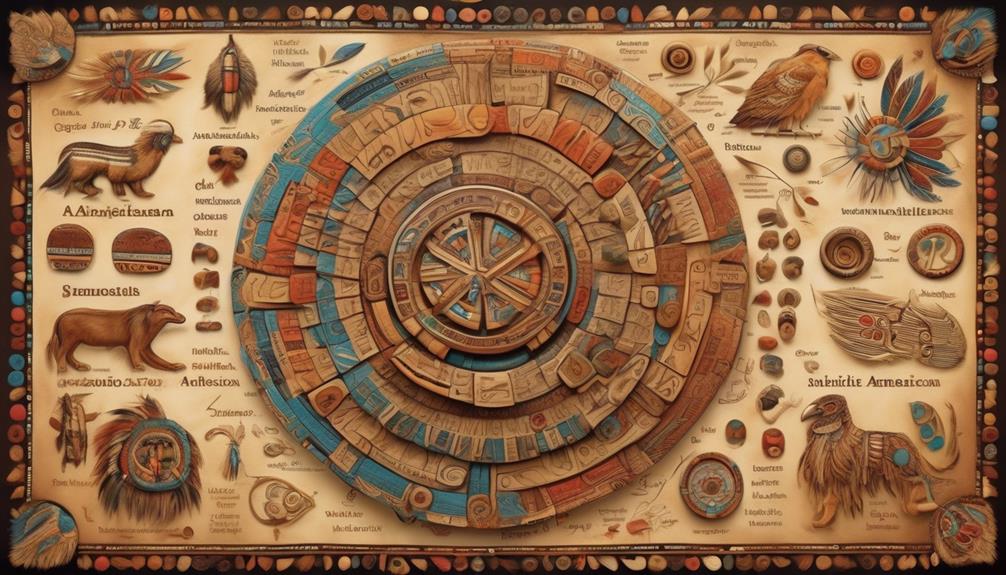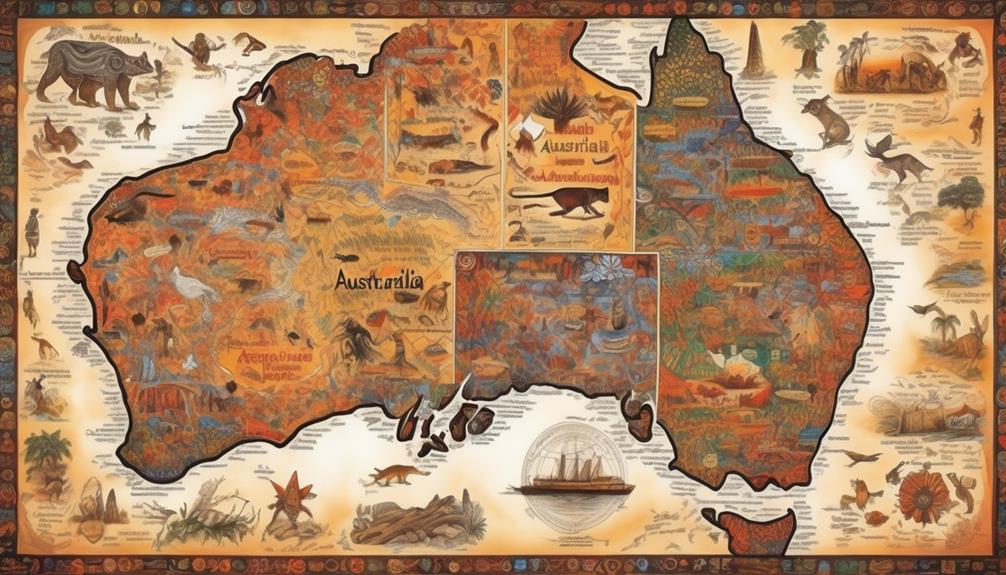When it comes to wisteria, striking a balance between the beauty of native species and the potential havoc caused by an invasive type is crucial. As gardeners, we often strive to find a middle ground between introducing exotic plants and preserving our natural environment. This equilibrium is particularly vital when working with wisteria, as choosing the wrong variety to plant could lead to serious consequences.
So, how do we navigate this dilemma and make informed decisions about which wisteria to cultivate in our gardens? The answer lies in understanding the differences between native and invasive wisteria and the impact each can have on our environment.
Key Takeaways
- Native wisteria supports local pollinators and contributes to overall biodiversity.
- Invasive wisteria leads to reduced biodiversity and disrupts ecosystem dynamics.
- Effective management and control strategies are crucial for preventing negative impacts of invasive wisteria.
- Choosing the right wisteria and maintaining it properly is essential for a healthy garden and ecosystem.
Wisteria Species: Native Vs Invasive
In considering the wisteria species, it's crucial to distinguish between native and invasive varieties to understand their impact on ecosystems.
Native wisteria, such as the American Wisteria, provide several benefits to their ecosystems. They support local pollinators, provide food and shelter for wildlife, and contribute to overall biodiversity. Their growth is well-balanced, and they integrate harmoniously into their natural habitats.
Conversely, invasive wisteria species, like the Chinese and Japanese wisteria, can wreak havoc on ecosystems. Their rapid growth and spread outcompete native vegetation, leading to reduced biodiversity.
To address this issue, various eradication techniques have been developed. These include physical removal, such as cutting and digging, and the application of herbicides in a targeted and controlled manner. These methods aim to control the spread of invasive wisteria and restore the balance within the affected ecosystems.
Understanding the differences between native and invasive wisteria is essential for the preservation of healthy ecosystems. By recognizing the benefits of native wisteria and implementing effective eradication techniques for invasive species, we can work towards maintaining ecological equilibrium.
Environmental Impact of Native Wisteria

Discussing the environmental impact of native wisteria allows us to understand the role they play in maintaining ecological balance, contrasting with the invasive species' disruptive effects.
Native wisteria, such as the American and Kentucky wisteria, have a significant positive impact on their environment. One of the key benefits is their role in biodiversity. Native wisteria supports a wide range of pollinators, including bees and butterflies, which in turn contributes to the overall health of the ecosystem.
Furthermore, these native species play a crucial part in habitat restoration and wildlife conservation. Their presence supports the native fauna by providing food and shelter, helping to maintain balanced and sustainable ecosystems.
Moreover, native wisteria contributes to ecological restoration by promoting soil health and preventing erosion, further enhancing the overall environmental stability.
The importance of native wisteria can't be overstated, especially in the current context of increasing ecological challenges. Understanding and promoting the positive environmental impact of native wisteria is vital for the preservation and restoration of diverse and healthy ecosystems.
Problems Caused by Invasive Wisteria
The rampant growth of invasive wisteria poses a significant threat to the ecological balance of natural habitats, leading to the displacement of native flora and disruption of established ecosystems. The negative effects of invasive wisteria are far-reaching, causing ecological damage that can be difficult to reverse. Below is a table highlighting some of the key problems caused by invasive wisteria:
| Negative Effects of Invasive Wisteria |
|---|
| Rapid Overgrowth |
| Displacement of Native Species |
| Altered Ecosystem Dynamics |
| Reduced Biodiversity |
| Increased Competition for Resources |
Invasive wisteria's rapid overgrowth outcompetes native vegetation, leading to the displacement of native species and altering the dynamics of the ecosystem. This reduction in biodiversity has cascading effects on the entire ecosystem, impacting the availability of resources and increasing competition among species. The cumulative result is an ecological imbalance that can be challenging to rectify. It is crucial to address the problems caused by invasive wisteria to mitigate further ecological damage and preserve the integrity of natural habitats.
Managing and Controlling Invasive Wisteria

Addressing the ecological challenges posed by invasive wisteria necessitates the implementation of effective management and control strategies to safeguard native habitats and restore ecological balance. Wisteria management techniques include mechanical methods such as cutting, pulling, or mowing to prevent the vine from spreading and competing with native vegetation. Chemical control methods involving herbicides are also used, but they require caution to minimize damage to non-target species and ecosystems. Timing is crucial for effective control, as wisteria is most vulnerable during specific growth stages. Regular monitoring and maintenance are essential to prevent regrowth and re-establishment.
The impact of invasive wisteria on local ecosystems is significant. It outcompetes native plants for resources, leading to reduced biodiversity and altered ecological processes. Invasive wisteria can also alter soil nutrient cycling and microclimate, further disrupting the balance of native ecosystems. Effective management and control are crucial for preventing these adverse effects and restoring the natural balance of native habitats.
Collaboration between land managers, conservationists, and the community is essential to implement comprehensive strategies for managing and controlling invasive wisteria.
Choosing the Right Wisteria for Your Garden
When selecting wisteria for your garden, it's essential to consider the specific needs and characteristics of the plant to ensure successful cultivation and growth. Wisteria pruning techniques play a crucial role in maintaining the health and appearance of the plant. Regular pruning is necessary to promote flowering and prevent the wisteria from becoming overgrown. It's important to prune wisteria twice a year: once in the summer to control its growth and once in the winter to shape the plant and remove any unwanted growth.
Additionally, choosing the right wisteria trellis design is vital for the plant's support and aesthetic appeal. The trellis should be sturdy enough to support the weight of the wisteria's vines, especially when it reaches its full size. It's recommended to install the trellis before planting the wisteria to avoid disturbing the plant's roots later on. The trellis design should also allow for easy access to the plant for pruning and maintenance purposes.
Considering wisteria pruning techniques and trellis design when selecting the right wisteria for your garden will contribute to the successful growth and beautiful appearance of this stunning flowering vine.
Frequently Asked Questions
What Are the Differences in Growth Habits Between Native and Invasive Wisteria Species?
We explore the differences in growth habits between native and invasive wisteria species.
Native wisteria often has a more controlled climbing habit, while invasive wisteria tends to be more aggressive and can smother surrounding vegetation.
In terms of flowering, native wisteria typically blooms in a more synchronized and predictable manner, whereas invasive wisteria may exhibit erratic or prolific flowering patterns.
Understanding these distinctions is crucial for managing and preserving our ecosystems.
Are There Any Known Natural Predators or Diseases That Specifically Target Invasive Wisteria?
Yes, natural predators and diseases can play a crucial role in controlling invasive wisteria.
Various insects, fungi, and diseases have been studied as potential control methods to prevent the spread of invasive wisteria.
Understanding the interactions between these natural predators and the wisteria can help in developing effective prevention strategies.
It's essential to continuously monitor and research the natural enemies of invasive wisteria to improve management practices.
How Do Native and Invasive Wisteria Species Impact the Local Ecosystem Differently?
It's ironic how native and invasive wisteria species impact the local ecosystem differently. The growth differences between the two can lead to contrasting effects on native plant species, soil composition, and wildlife habitats.
Native wisteria tends to integrate harmoniously with the existing ecosystem, while invasive wisteria can outcompete native plants, alter soil nutrient levels, and disrupt the balance of local wildlife populations.
Understanding these impacts is crucial for effective ecosystem management.
Are There Any Specific Cultural or Maintenance Practices That Can Help Prevent Invasive Wisteria From Spreading?
Preventive measures and maintenance practices can help contain invasive wisteria. Regularly monitoring and pruning can prevent its spread, while eradicating new shoots and using physical barriers can limit its expansion.
These practices are essential to minimize the environmental impact of invasive wisteria and maintain the balance of the local ecosystem. It's crucial to stay vigilant and implement these measures to prevent invasive wisteria from overtaking the area.
Can Native and Invasive Wisteria Species Hybridize With Each Other, and if So, What Are the Potential Consequences of This?
Yes, native and invasive wisteria species can hybridize, potentially impacting genetic diversity and reproductive strategies. This hybridization could lead to novel traits that may have consequences for pollinators and ecosystem dynamics.
It's crucial to understand the potential impact on the existing genetic pool and the broader ecological implications. Monitoring and managing hybridization events is essential to mitigate any negative effects on the native and invasive wisteria populations.
Conclusion
In conclusion, when it comes to choosing the right wisteria for your garden, it's important to consider the environmental impact and potential problems caused by invasive species.
While native wisteria may seem like the obvious choice, the irony is that it can still cause issues if not properly managed.
So, whether native or invasive, it's crucial to carefully manage and control wisteria to ensure a beautiful garden without causing harm to the environment.
Mary is a passionate writer who brings creativity and a fresh perspective to our team. Her words have the power to captivate and inspire, making her an essential contributor to our content. Mary’s commitment to storytelling and dedication to promoting Indigenous culture ensures that her work touches the hearts of our readers. We’re fortunate to have her as part of our team.










